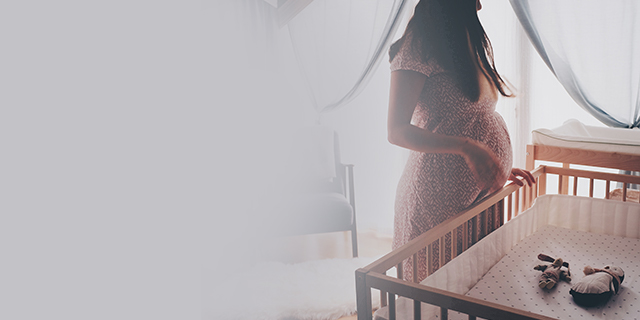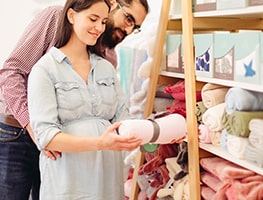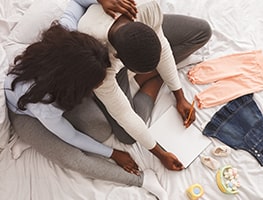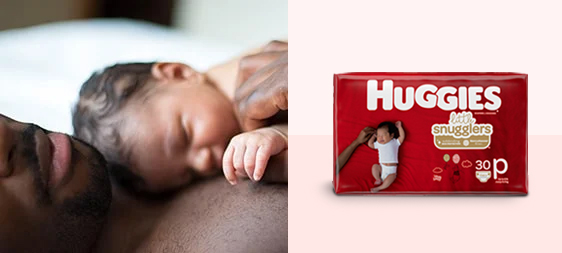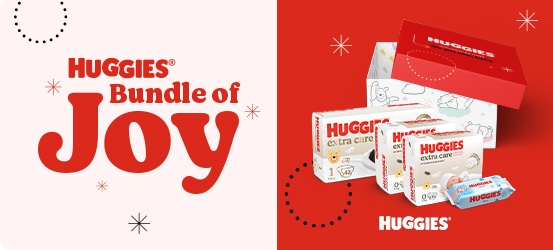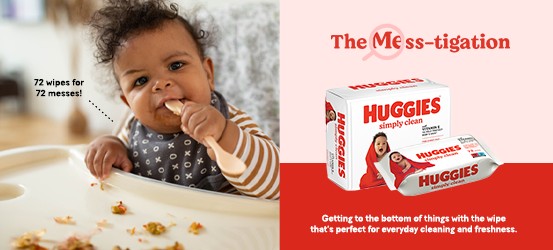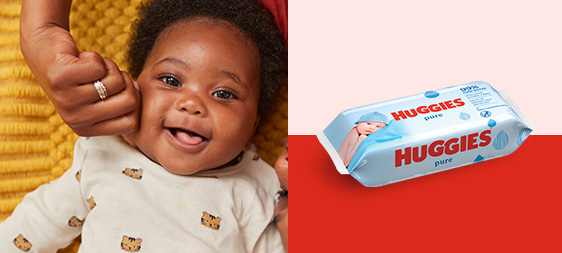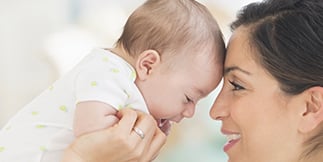One of the most exciting aspects of having a new baby will be welcoming it home and into your family. But, even if you subscribe to the most pared down and simplistic of home-making philosophies, there are some essentials you won’t be able to do without. Although your little one won’t care what baby equipment it has, life for you will be a lot easier if you have at least some of the basics organised.
What’s essential?
Somewhere safe for the baby to sleep.
It really comes down to personal preference whether you’ll want to use a bassinet for the first few months or a cot from birth. Both need a firm fitting, clean mattress that leaves no gaps at the ends or sides. Most babies graduate to a cot at around 3-4 months, so cradles/cribs and bassinets are only a short term option. Some families have bassinets or cradles/cribs that have been passed down in the family. Keeping up family traditions is important, though you’ll need to satisfy yourself that an older style bassinet or cradle/crib meets the current safety standards and will not pose a risk to your baby.
Note: the safest place for a baby to sleep is in its own safe sleeping environment next to the parent’s bed for the first 6-12 months of its life. You’ll need to think about the space you have available in your room and being able to fit a bassinet or a cot alongside your bed. Keeping a supply of clothing and nappy change items close by makes practical sense especially for the middle of the night (especially come winter). If you aren’t keen for your bedroom to look like a nursery, investigate temporary storage solutions or clear some space in your own cupboards.You will need a range of cot linen, preferably made of cotton or natural fibres. Muslin or cotton wraps, bunny rugs, lightweight blankets or cellular blankets are also essential.
Most parents also have a nursery set up with their baby’s clothing, a changing table and furniture specifically for the baby. If there is more than one child in your family they may share a room. Keeping a wardrobe or chest of drawers just for the baby’s clothing will mean it is easier to find things. Baby clothes don’t take up a lot of room, but you’ll be surprised what people give you and how much you accumulate.
A pram is essential. Be prepared to do some research and really think about the one you want to invest in. A pram that can convert to a stroller is the type most parents buy. Any pram/stroller combination will need to last until your child is a toddler, so look for one that has guarantees on its workmanship plus components and is sturdy.
It’s easy to be talked into buying one that looks beautiful, but is difficult to steer or doesn’t have the child’s comfort as a first priority. So consider your own height and strength, how easy it is to fold up, what the brakes are like, where you will store it at home, and if you will be able to lift it easily and fit it into your car. Some prams are designed for the European market where snow and ice allowances are incorporated into their design. They have huge wheels that aren’t really necessary for South African conditions; so just be aware of not spending money on unnecessary features.
Tip: If you decide on a three-wheeler pram/stroller, make sure it has a wrist strap built into the handle.
An approved car restraint / seat.
All babies and children up to the age of 7 years must be restrained when in a car, in a properly approved child restraint. Up until the age of 6 months all babies need to be in a rear-facing restraint. Borrowing or using a second-hand car restraint can be dangerous. Unless you know its history and are sure it has not been involved in an accident, you should not use it.
A baby sling or pouch, for all those times when you’ll have to have your hands free. There are many different designs, colours, options and varieties on the market so again, do your research and buy one that works for you. Make sure you choose a design that has secure straps and a washable fabric. A sling that is easy to do up and doesn’t need someone else to help you is also important. Backpacks are another option and a particular favourite for dads. Again, investigate the options and choose one that is durable and comfortable. Many of the outdoor and camping stores have a good range.
A baby bath is useful, even if you have a big sink or bath. They are portable and user-friendly. Besides, you’ll be amazed what you use it for when your baby has grown too big for it.
A baby / diaper bag that is big enough to hold nappies, wipes and changes of clothing, but not so big you’ll struggle to find anything. The design of baby bags has taken on a whole new dimension, so have some fun and go shopping for one that looks stylish but will also hold what you need.
A changing table. Many parents adapt an old kitchen table and find this works fine. Make sure you do not have to strain your back bending over and that the height is suitable. A soft changing mat placed on the top will cushion and support your baby during change times.
You will also need a comfortable chair. You’ll be spending a lot of time sitting and cuddling, feeding and staring, so a chair that supports your back and bottom is important. Rocking chairs look lovely but they can be hard to get out of and take up a lot of room.
When your baby is around 6 months old, you will need a high chair. One with a broad base with in-built restraints and a firm fitting tray is important. Some baby equipment stores do deals when a lot of baby equipment is bought. Ask around for this and see if you can save some money.
When do I need to start getting organised?
If you’ve had a baby before, you’re likely to have the basics already. Recycling baby equipment makes good sense and it rarely wears out or needs major overhauls if it’s been looked after. Other than maybe a pram or stroller, most parents find they can use the same gear for all of their children.
Unless of course, you have a lot of children, in which case you’ll need to replace items more often. Some families have a revolving stock of baby equipment, which does the circuit to different households. Just check that everything is in order and working as it should before you use it for your baby. We all have different ideas on what a reasonable condition is.
Many mothers prefer to wait until their second trimester before they start getting organised. Others rush out to the shops the minute a positive sign is on their pregnancy test, barely closing the toilet door on their way out. Either way, it pays to look into all the different brands and styles of baby equipment on offer.
Cost is not necessarily a reflection of better quality. Where possible, look for the SABS logo on items and ask other parents which brands and items they found useful. Mother’s groups are a great way to do some quality market research into retail options.
Setting up the nursery
Once your baby is old enough to go into a nursery or separate room, try to position the cot away from the window, preferably next to the changing table and near the wardrobe. It’s never safe to leave a baby unattended on a changing table, no matter what!
Being in arm’s reach of what you’re likely to need is important. Aim for some ventilation and light coming into the nursery. Babies tend to sleep better in cooler, darker environments but it’s also important to have some ambient light coming through the windows.
Blind cords, light or fan switches, doorways and shelves can all be very tempting for little fingers to explore. Position the cot on a free wall that is clear of any potential risks and hazards.
Place your baby’s toiletries all together in a basket or on shelves that will be handy for you, but out of your baby’s reach. Wipes, cotton wool balls, ear buds, baby nail scissors, emollient cream, lotions, hand sanitiser and a bin close to the changing table are all necessary items.
Setting up the house
As your baby gets older and becomes increasingly mobile, you’ll need to think of minimising the safety risks around your home. Get into the habit of locking away medications and household cleaners. Close doors to dangerous areas; get accustomed to scanning your home for potential hazards.
This takes practice and if you can start good safety habits early, then they’ll be second nature to you by the time your baby is up and about. Check that all your baby equipment is in good working order and if it isn’t, get it fixed or replace it.
Feeding equipment
If you plan to breastfeed, you won’t really require any equipment, other than yourself of course. Good supportive maternity bras and breast pads will be enough. If you are going to formula feed you will need at least 6 bottles, screw-on caps, teat covers, teats and a jug to warm the formula in. Be prepared for the amount of formula you’ll use – it is not unusual to use a tin a week.
Most parents use steam sterilisers currently, rather than a chemical soaking option. Steam sterilisers can be electric or placed in the microwave. A bottle brush and normal household detergent will be necessary to clean all feeding equipment before it is sterilised.
Buying versus hiring – which one’s better?
Hiring baby equipment is a viable solution if you are only likely to need something short term. Holidays, weekends away or needing a particular item for just a temporary time is where hiring can be useful. If you are keen to try something out, but don’t want to spend money until you’ve tried it, then hiring is an option. Baby equipment such as prams and high chairs can be expensive. If you can’t afford to buy items then hiring or borrowing may work better for you.
Think about using your baby bonus to buy safe and quality baby equipment that you’ll enjoy using and that your baby will enjoy too. Safety and practicality are more important than just what looks good.

